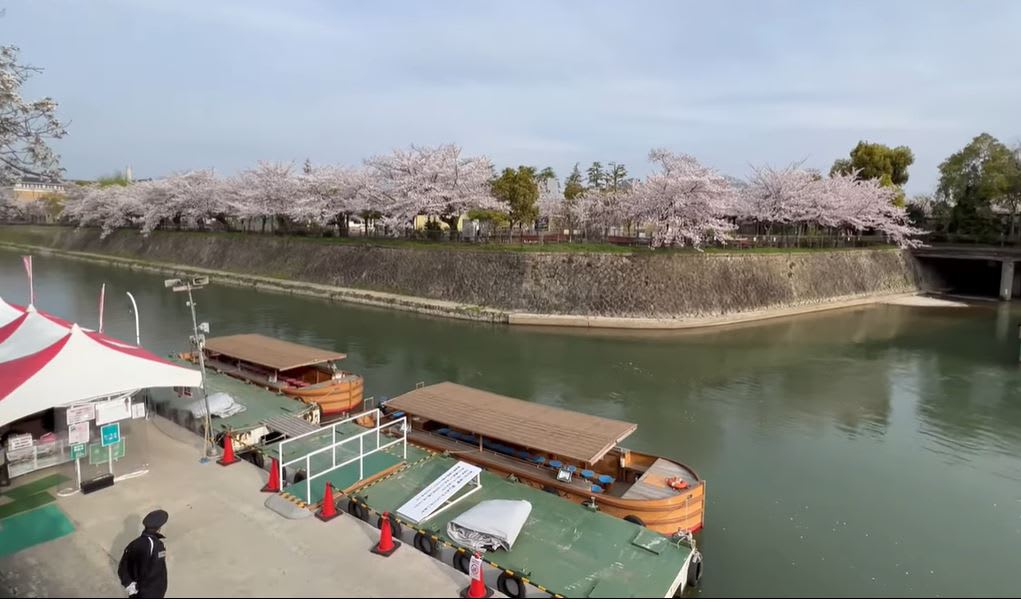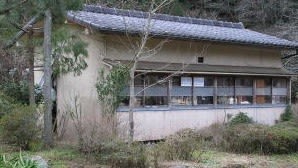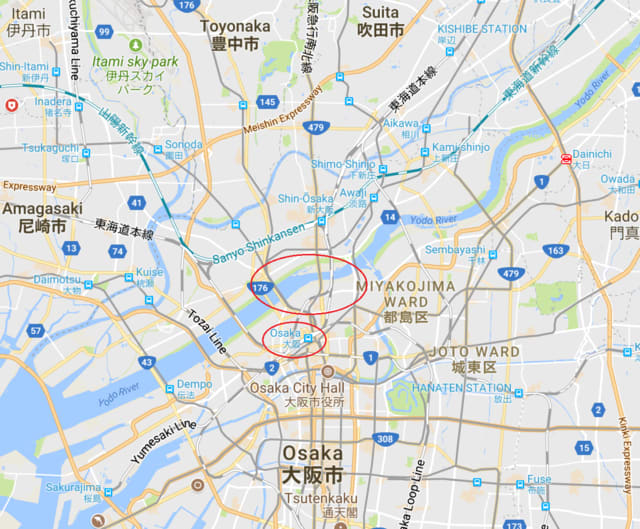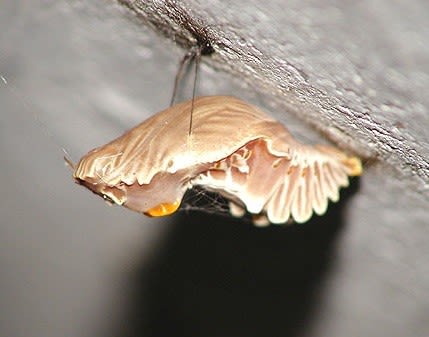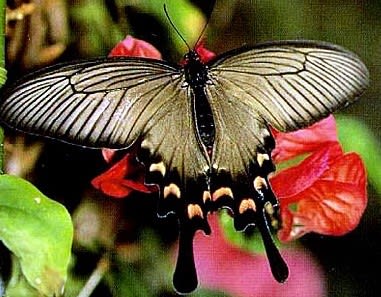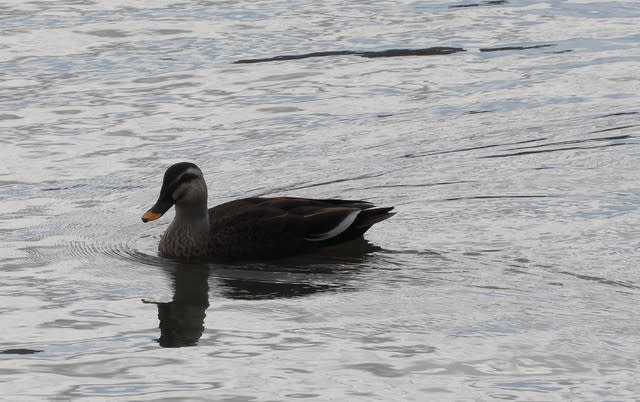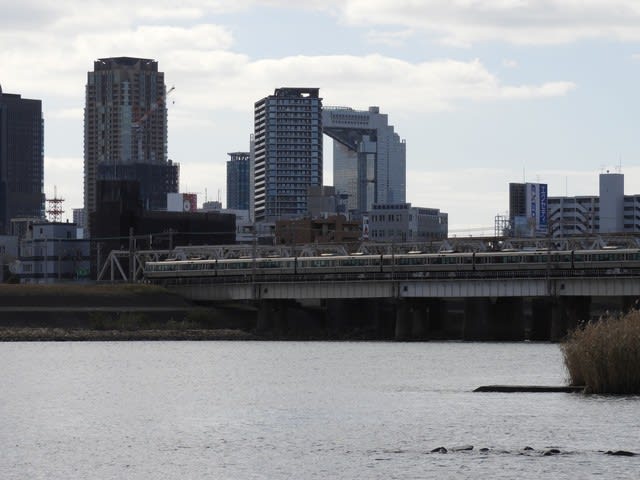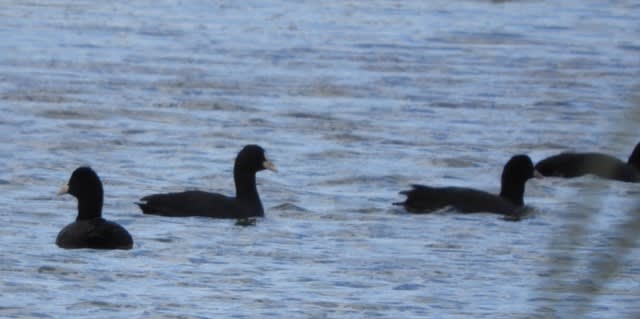I would like to inform observing “Giant Flying Squirrel” in Tokyo Takao.

Take the Keio Train from Shinjuku to Mt. Takao and go to Takaosanguchi station.
Mt. Takao in March is a period before the young buds sprout, it is easy to find ”Giant Flying Squirrel“.

From the afternoon, go to Takao mountain top and enjoy magnificent views of Mt. Takao.
Next, we will check the creatures inhabiting Takao in Mt. Takao visitor center.
Next, I will go to the Yakuin school and report the observation of the Giant Flying Squirrel to the company office.
Giant Flying Squirrel is about 30 minutes to 1 hour after sunset is suitable for observation.
Until dusk, please explore the squirrel and go for a walk.
You can see a pretty gesture of squirrel.
Please return to cable car Takao station by the last train time of the return cable car.
Last train time is late in summer and spring is early.
Even if you miss the last train, there are a few external lights on the climbing path, so if you have a flashlight you can go down.
As the sun goes down, it will get cold, so let's also prepare the cold weather protection.
Look for a hole in the trunk of the hole in the trees in the precincts of the Takao Sanctuary.
Giant Flying Squirrel has a nest in the hole of the tree, and comes out of the hole of the tree at night and eats tree buds, leaves, flowers, fruits, seeds.

Let's wait in the hole of the tree which seems to be a nest.
When it comes out from the nest hole, Giant Flying Squirrel cry "Gururururuu".
Get out of the nest hole and climb the tree and glide as it moves to other trees.
Please be careful not to miss the gliding sky of the Giant Flying Squirrel for a moment.



The glide glides from trees to trees using the flying membrane developed from forelimb to hindlimb.
It looks like a glider. The figure that an animal glides 40 centimeters square in the dark night is a masterpiece. There are dozens of Giant Flying Squirrel living in the precincts of the medicinal campus of Mt. Takao.
Flowers that trees on the precincts are attaching, and in fact it is a good food of Giant Flying Squirrel.
In addition, the tremendous trees towering at an appropriate interval in the precincts are suitable for starting points and relay points of the gliding sky. Giant Flying Squirrel from the nest runs up the tree and glides.
The glide distance is about 3 times the height of the tree when you jump out, and Giant Flying Squirrel can glide about 90 meters if it has a tree height of 30 meters.
After 90 minutes after sunset, the activity of Giant Flying Squirrel is getting gentle.
This time is rough estimate of the end of observation time.
People who observe Giant Flying Squirrel have increased year by year.
Please take a look at the precious Giant Flying Squirrel’s gliding sky.
That’s it.


